About Safe Parking
What is Safe Parking?
Safe Parking is for people who are sheltering in vehicles because they’re experiencing homelessness. Sheltering in vehicles is often a first stop for individuals and families who have lost permanent housing. Without intervention and support, many may end up on the streets. Safe Parking sites are typically located in existing parking lots and only occupied during hours when they are otherwise unused such as faith organization facility parking or businesses.
It does not replace permanent housing or other types of temporary housing, but it reduces risk of harm by helping people to stay safe while on the path to stable housing.
Hundreds, if not thousands, of individuals and families are estimated to be sheltering in vehicles in the seven-county Denver metro area on any given night. The number of people experiencing homelessness has increased dramatically due to insufficient affordable housing and a variety of challenging economic situations. Providing Safe Parking not only serves those who need it but benefits to the entire community.
Benefits of Safe Parking
Benefits to those sheltering in their vehicles include:
Increased safety and security for people and their property
Increased access to services and employment and/or education opportunities
Improved rest, which can lead to better outcomes in areas such as physical and mental health and employment
A community of support among safe parking guests
More day-to-day stability
A path to housing via housing navigation and coordinated entry
Benefits to neighboring communities include:
Less disturbance of residents by unauthorized parking, and reduction in vehicle loitering
Reduced crime against people experiencing vehicular homelessness; safe parking guests also function as protective members of the community
Fewer issues with litter and human waste
Reduction in road congestion from long-term vehicle parking
Benefits to government and policy-makers:
Reduced systems costs associated with homelessness (e.g., law enforcement, health, waste management)
More public health, employment, and other intervention opportunities
More comprehensive data on an underserved and undercounted population
